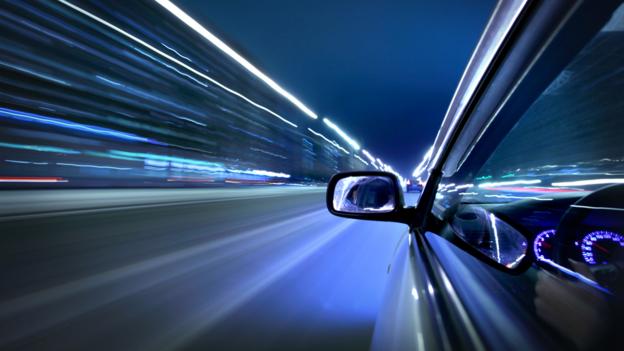A lot is written about the rise of autonomous cars, such as those developed by Google, but these vehicles will also change our highways forever.
Los Angeles in California has just finished installing $400m of technology to synchronise its traffic lights. The Automated Traffic Surveillance and Control system uses an array of cameras and sensors in the road to measure traffic flow, and a centralised computer system to make constant tweaks and changes to the city’s 4,400 lights to keep traffic running as smoothly as possible. In theory, it is now possible to cross the city without ever stopping.
“By schronising our traffic signals we will spend less time waiting, and less time polluting,” says Mayor Antonio Villaraigosa. It is estimated to increase travel speeds by 16% and cutting journey times by 12%.
The figures are impressive, but other congested cities looking on in envy may do well to wait a few more years before rethinking their own traffic systems. While the LA system may seem cutting edge now, it could seem as outdated as a traffic officer guiding traffic with white gloves in a few years time. That is because engineers are planning a radical rethink of our streets that will change just about every aspect of how we drive – including who is in control of the vehicle.
Autonomous cars
In this new world, cars are packed nose to tail travelling at speeds in excess of current limits. They weave their way through unmarked junctions, with no traffic lights. Lane markings are non-existent, and stretches of road switch from being one-way in one direction, to the opposite, with no warning. Perhaps most alarming of all, very few of the “drivers” have even passed a driving test.
It may sound like an impossibly chaotic scene, where accidents are inevitable. But this is one future based on predictions about the uptake of autonomous cars.
In the United States the Instititute of Electrical and Electronics Engineers (IEEE) predicts that driverless cars will account for 75% of all vehicles on the roads by 2040. Vehicles, such as Google’s self driving car, are already leading the way. And small-scale trials of linked-up roads are being conducted in some cities.
“In the future smart intersections may not need lights,” says Azim Eskandarian, director of the IEEE’s Center for Intelligent Systems Research. “These intersections will very efficiently harmonise and synchronise speeds in one direction, and then the other.” The groundwork for this is already being laid in the US by the Vehicle Infrastructure Integration Consortium, a group of car manufacturers trying to develop specific applications and protocols for a system.
The hub of the future will take this to an extreme - accumulating all the data across a metropolis and plan traffic loads and optimise routes accordingly. It will also send commands back to the vehicles about when to safely enter an intersection, and what speed to hold to minimize stop-start driving.
Meanwhile the cars will also talk to each other, using vehicle-to-vehicle communication, constantly checking their environments and positions relative to other cars around them.
Vehicle-to-vehicle communication is already in development. In 1999, the United States Congress set aside a region of the 5.9 GHz radio frequency band – already used for wireless – specifically for the purpose. And a host of manufacturers are already developing applications.
Cars that talk to each other can also match their speeds, and drive more closely together without risk of the car in front suddenly braking. As a result, many envisage the idea of “car platooning” that will link together cars on high-speed highways to travel faster, more safely, and using less space. Various trails of this technology are already taking place, with one of the most advanced run by an EU consortium called Satre, which demonstrated trains of vehicles travelling at speeds of up to 90km/h sometimes travelling just 4m apart.
Source: http://www.bbc.com/future/story/20130405-radical-roads-drive-robot-cars

No comments:
Post a Comment